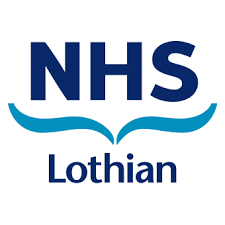Recommended total duration:Depends on clinical response, and after discussion with an infection specialist
FIRST DOSE
| Recommended Antibiotic |
Piperacillin-tazobactam 4.5g IV
(PLUS Clindamycin 1200mg every 6 hours IV if evidence of toxic shock)
|
| Penicillin allergy |
Vancomycin IV (use NHS Lothian Calculator located on AMT intranet page) choose 15-20mg/L trough target
PLUS
Gentamicin IV (use NHS Lothian Calculator located on AMT intranet page)
PLUS
Metronidazole 500mg IV
(PLUS Clindamycin 1200mg IV if evidence of toxic shock)
|
IVIG is usually considered only in the critical care setting.
- Call for help from:
- Senior clinical review (ST3+) and
- Urgent senior surgical review (ST3+) and
- Microbiology and
- Critical care.
- Where there is clinical uncertainty a senior infectious diseases review early can help clarify the clinical scenario.
Recommended ongoing treatment if necrotising skin soft tissue infection thought highly likely.

